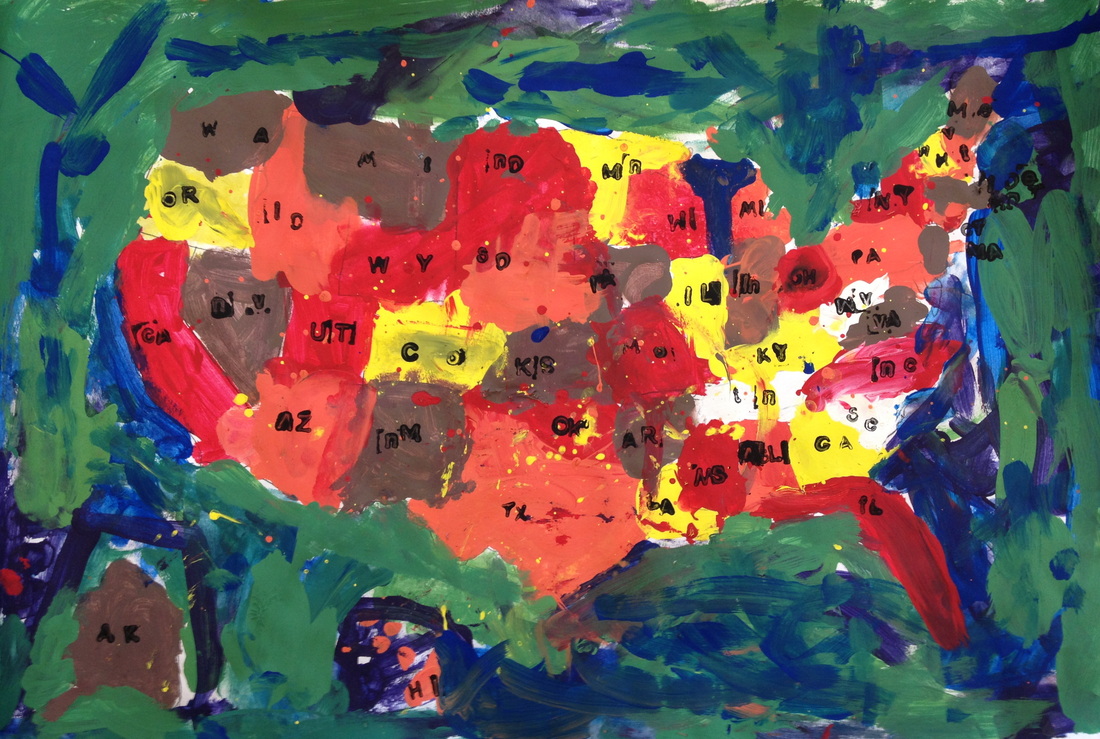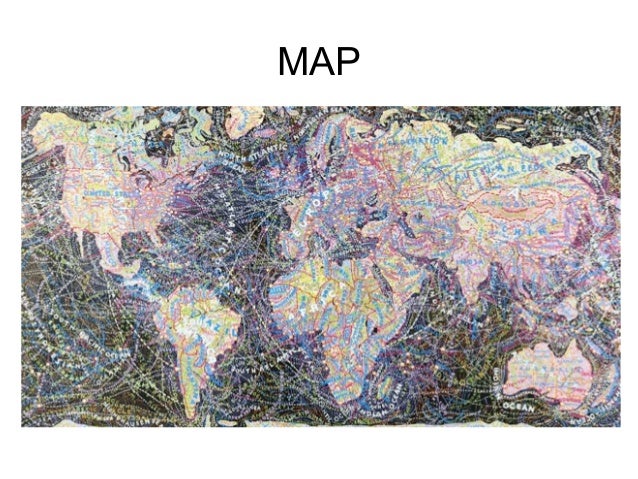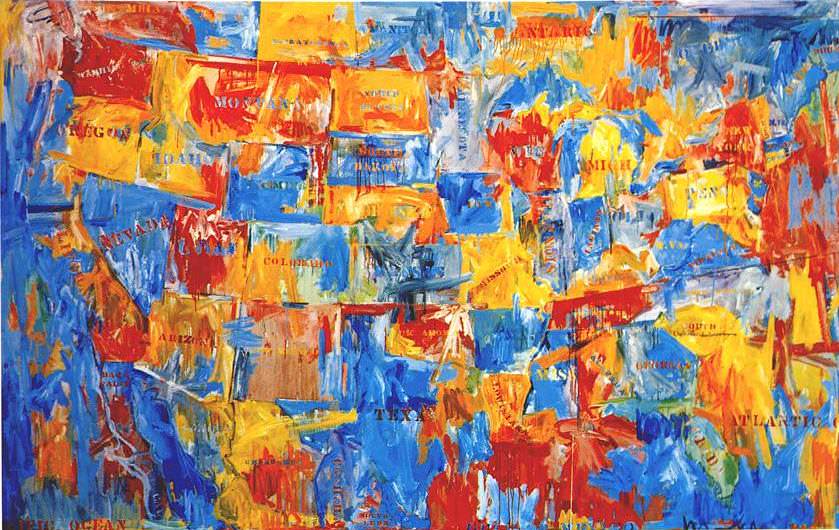
Nearly 30 years after this date, some of the pieces that Johns had created, were sold for a higher Were on display, which proved that the simple format, and style, were going to make Jasper Johns a force in the art world. During the first exhibition, the Museum of Modern Art purchased three of the pieces that He was impressed with the creativity, and simplicity behind the work, and offered theĢ8 year old, a spot for his own exhibit, upon first viewing the pieces which Jasper Johns had created. In 1958, Leo Castelli visited the museum of Rauscenburg, and this was the first time he had seen any of the work created by Jasper Johns. The distinct style, and the simplicity behind it, eventually captured the New to the museum goers and art lovers, as the simple form of designing flags, and large numbers in print, was something which was never seen before. Much of the work Jasper Johns created, was extremely The process to create the images, were the meanings were found. TheĮarly works he created, had a sense of craft work, and a small expression of the extra-ordinary and absurd. His distinct work and style played a role in Jasper Johns's interest in art, and the style he would eventually follow.Īs the art world was searching for new ideas, outside the purely abstract style, the early paintings of maps and flags which Jasper Johns created, took in both praise and ridicule by certain critics in the art world.
#Jasper johns map series
"readymades"( a series of found objects, painted as finished works). Dunchamp had changed the art world with the A visit to Pennsylvania, to view "The Large Glass" (by Marcel Dunchamp), created an intrigue in his work for Johns. (painter), were some of the early influences he met in New York. John Cage (composer) and Merce Cunningham (choreographer), and Robert Rauschenburg Upon moving to New York, Jasper Johns met artists, which led him down the road of wanting to work in this career field even more. Before moving to New York in the early 1950s, he studied for a brief period at the University of SouthĬarolina. From an early age, he grew up wanting to be an artist. Jasper Johns was born in Augusta, GA, and raised in Adelade, SC. Minimalism even to this day, many of the pieces that are sold at auction, bring in extremely high price tags, and sell for record amounts. He was also one of the leading forces to the pop form known as He would depict many flags and maps, and this created a more distinct style with the work that was being done during this period in American art history. Much of the work that he created led the American public away from the expressionism form, and towards an art movement or form known as the concrete.


(circa) or BCE.ġ965–1966 Medium Lithograph from one stone and one aluminum plate in gray on black wove paper Dimensions 84.5 × 67.5 cm (33 5/16 × 26 5/8 in.) Credit Line Purchased with funds provided by the Kunstadter Family Foundation Reference Number 1982.Jasper Johns was an artist that came onto the scene in the 1950s. Dates may be represented as a range that spans decades, centuries, dynasties, or periods and may include qualifiers such as c. Status Currently Off View Department Prints and Drawings Artist Jasper Johns Title Two Maps I Place United States (Artist's nationality:) Dateĭates are not always precisely known, but the Art Institute strives to present this information as consistently and legibly as possible.

By using and reusing motifs, like numbers and letters, he deflected attention away from his subjects and to his techniques, which allowed him and the viewer to visit each subject in various conditions: color or monochrome, hard papers or softer ones, and transparent or more opaque inks. The repeatable nature of printmaking afforded him the opportunity to retain each stage of his projects and rework or recontextualize images as he wished. He continually complicated the processes of printmaking, making them an integral part of his working scheme. Jasper Johns had no experience with printmaking until he began working with Tatyana Grosman in 1960 at the Universal Limited Art Editions workshop on Long Island (founded in 1957).


 0 kommentar(er)
0 kommentar(er)
